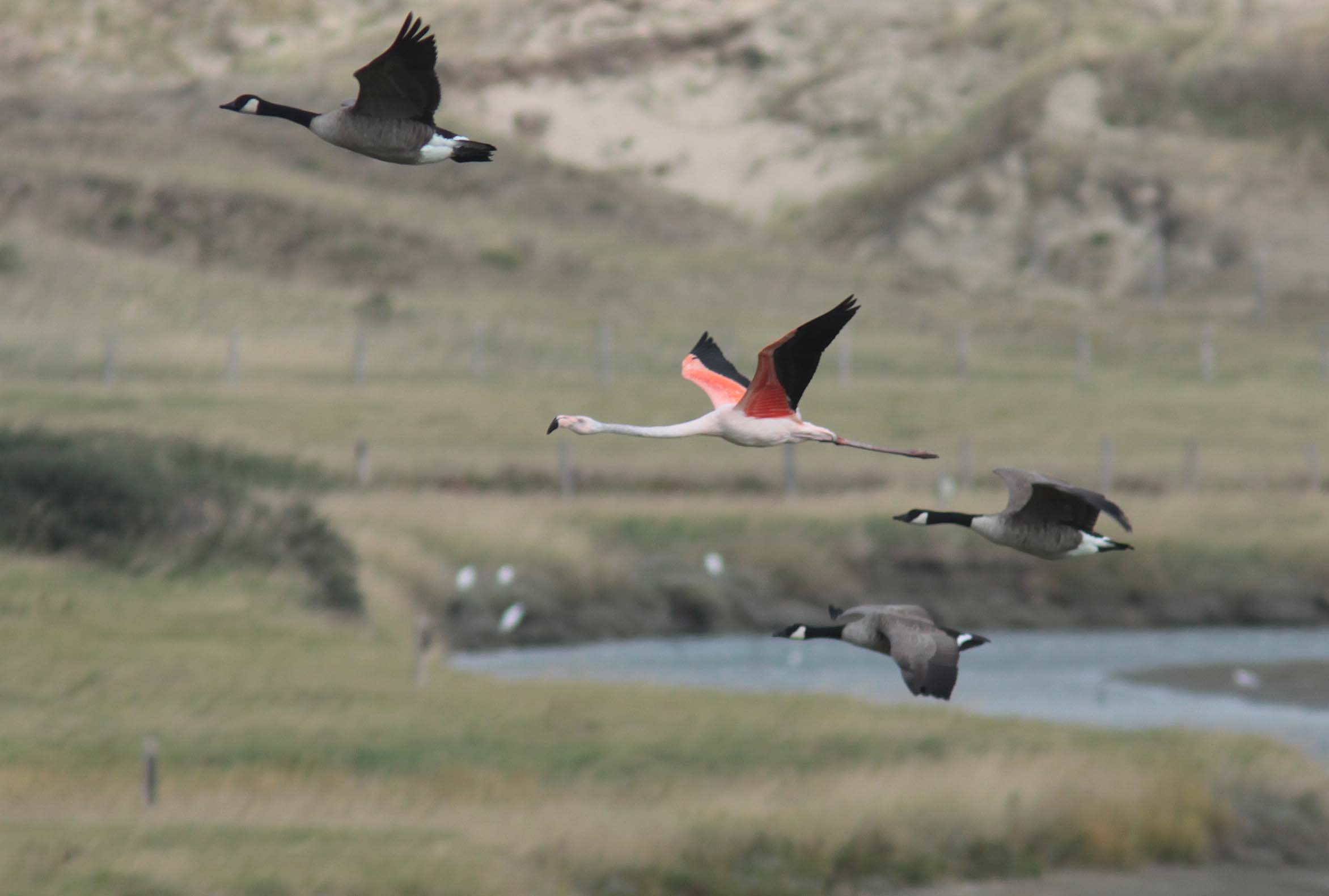Birds and fish paradise: more species settle in West Flanders nature reserve

The extension of the Zwin Nature Reserve in 2019 led to the settlement of many species of fish and birds in the nature reserve of West Flanders. The information was released this Thursday, 20 October, from a cross-border monitoring study carried out by the Dutch province of Zeeland in collaboration with the Flemish Agency for Maritime and Coastal Services and the Flemish Agency for Nature and Forests.
Thanks to the drilling of the international dike in 2019, the Zwin has extended by 120 hectares to the Belgian-Dutch border. These works were necessary to make the reserve safer, more extensive and to increase its interest as a nature reserve. The study assessed this project through ecological, abiotic and salinisation monitoring of the extension of the Zwin.
The first results show that pioneer plants such as glasswort and sea soda quickly colonised the former polder, and by 2021, a quarter of the area had turned into a salt meadow. However, most of the extent of the Zwin remains bare mudflats, gullies and lowlands filled with seawater and supporting bottom-dwelling invertebrate communities.
Several species of fish, including eel, flounder, mullet, sprat and bass, call the area home.
"The capture of juvenile and adult fish shows that these species use the extension of the Zwin as a food supply and breeding area," says the Flemish Agency for Nature and Forests.
Paradise
The area has also become a "bird paradise". Spoonbills, little egrets, gulls and terns now call the Zwin home. The site is also important for migratory birds such as ducks and waders. For the Pied Oystercatcher, Avocet, Black-bellied Plover, Dunlin, Common Redshank and Curved-billed Plover, "the Zwin extension immediately established itself as one of the most important in Belgium, if not the most important," says the study. The area also attracts nesting birds.
The follow-up study finally shows that habitat restoration, nature preservation and more frequent and prolonged flooding of the Zwin plain are beneficial not only for plants but also for animals.
2000 years old
Today, 80 per cent of Zwin Nature Reserve is in Belgium. The other part is located in the Netherlands.
The Zwin started to develop around two thousand years ago. A rise in sea level caused breaches in the chain of dunes along the North Sea coast. The breaches left deep channels in the landscape, one being the Zwingeul channel which expanded considerably in the twelfth century after more significant floods.
A vast system of channels branched throughout the surrounding area, making cities such as Damme and Bruges accessible to shipping.
(VIV)
#FlandersNewsService
© BELGA PHOTO (HAND OUT - Wouter Faveyts - Zwin Natuur Park)